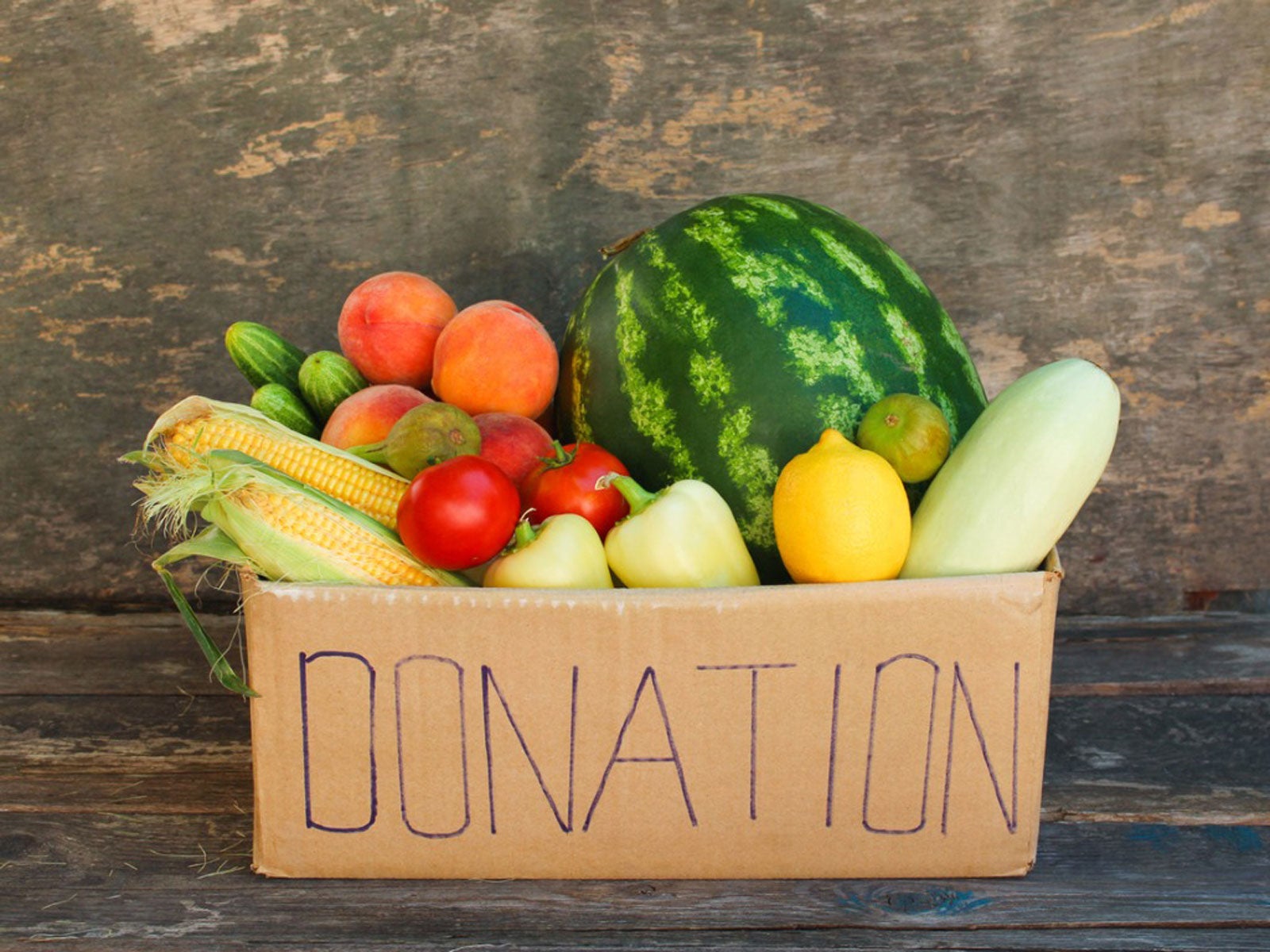Plant A Row For The Hungry: Growing Gardens To Help Fight Hunger


Have you ever considered donating vegetables from your garden to help feed the hungry? Donations of excess garden produce have many benefits beyond the obvious. An estimated 20 to 40 percent of food produced in the United States gets thrown out and food is the largest component of municipal waste. It contributes to greenhouse gases and wastes valuable resources. This is quite sad, considering almost 12 percent of American households don't have the means to consistently put food on their tables.
Plant a Row for the Hungry
In 1995, the Garden Writers Association, now known as GardenComm, launched a nationwide program called Plant-A-Row. Gardening individuals were asked to plant an extra row of veggies and donate this produce to local food banks. The program has been hugely successful, yet hunger is still rampant throughout the United States.
Let's consider some reasons why Americans don't plant more gardens to help fight hunger:
- Liability - With so many food-borne illnesses being traced back to fresh produce and businesses going bankrupt due to ensuing lawsuits, gardeners may feel donating fresh food is risky. In 1996, President Clinton signed the Bill Emerson Good Samaritan Food Donation Act. This law protects backyard gardeners, as well as many others, who freely donate food in good faith to non-profit organizations, like food banks.
- Give a man a fish - Yes, ideally, teaching individuals to raise their own food permanently resolves hunger issues, but the inability to put food on the table crosses many socio-economic lines. The elderly, physically disabled, intercity families, or single parent households may not have the ability or means to grow their own produce.
- Government programs - Tax supported government programs like SNAP, WIC, and the National School Lunch Program were created to help families in need. Yet, participants in these programs must meet qualification criteria and often need to undergo an application and approval process. Families dealing with financial hardships due to loss of income may not immediately qualify for such programs.
The need to help individuals and families combat hunger in the United States is real. As gardeners, we can do our part by growing and donating vegetables from our home gardens. Consider participating in the Plant-A-Row for the Hungry program or simply donate excess produce when you grow more than you can use. Here's how to make “Feed the Hungry” donations:
- Local Food Banks - Contact local food banks in your area to find out if they accept fresh produce. Some food banks offer free pickup.
- Shelters - Check with your local homeless shelters, domestic violence organizations, and soup kitchens. Many of these are run solely on donations and welcome fresh produce.
- Meals for the Homebound - Contact local programs, such as “Meals on Wheels,” which makes and delivers meals to seniors and disabled individuals.
- Service Organizations - Outreach programs to help families in need are often organized by churches, granges, and youth organizations. Check with these organizations for collection dates or encourage your garden club to take on the Plant-A-Row for the Hungry program as a group service project.
Sign up for the Gardening Know How newsletter today and receive a free copy of our e-book "How to Grow Delicious Tomatoes".

Laura Miller has been gardening all her life. Holding a degree in Biology, Nutrition, and Agriculture, Laura's area of expertise is vegetables, herbs, and all things edible. She lives in Ohio.